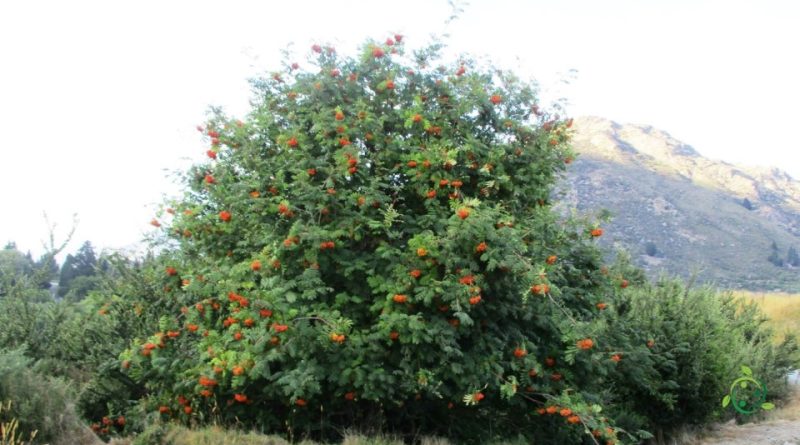Reproduction of the rowan
Reproduction of the rowan
The Rowan or mountain ash (Sorbus aucuparia L.) is a tree of the Rosaceae family native to central and northern areas of Europe and Asia.
Suitable breeding habitat –
Sorbus aucuparia is a plant native to a vast area which includes the central and northern areas of Europe, from Iceland to Russia, and Asia.
This plant can be found throughout most of Europe and the Caucasus as far north as Russia and Siberia, but is not native to southern Spain, southern Greece, Sardinia, the Balearic Islands, the Azores and the Faroe Islands. The species has been introduced as an ornamental species in North America.
Its diffusion habitat is that which goes from the plains to the mountains up to the limit of the arboreal vegetation where it grows as the only deciduous tree species.
In the Alps it grows at altitudes of up to 2,000 m. and appears north of the boreal forest at the arctic treeline; in Norway it is found up to the 71st parallel north. It has also naturalized in America from Washington to Alaska and eastward to Canada and the northeastern United States with great success.
Being a more suitable plant in relatively cold climates, in southern Italy (and in Mediterranean countries) it is confined to inland areas starting from 500/600 m above sea level.
Propagation –
The mountain ash is a tree that we can find throughout Europe, eastwards up to Turkey and the Caucasus where it grows in woods, scrub and mountain rocks, mainly on lighter soils, rare or absent on soft clays or limestones.
It is a very cold hardy tree, tolerating temperatures down to about -40°C when dormant and therefore is best suited in regions with a short growing season.
The plant grows in most fertile soils in an open and sunny position.
From a pedological point of view, it prefers heavy clayey soils and prefers a cool and humid position and a lighter soil with a neutral to slightly acidic pH.
It does not like shallow soils or drought but can grow on chalky soils or acidic peats.
It is also a very wind resistant tree that tolerates very exposed and maritime locations and atmospheric pollution.
The plants, and especially the young seedlings, grow quite quickly. The tree begins fruiting around 15 years of age, but has a rather short life, usually dying before 100 years of age and responds well to coppicing.
Propagation can take place by seed which must be sown as soon as it is ripe in a seedbed. Stored seeds germinate best if subjected to 2 weeks of heat and then 14-16 weeks of cold stratification; after which they should be sown as early as possible during the year.
The young seedlings are then placed in single pots where they have a rather slow growth for the first two years.
The transplant should be carried out, if possible, after the first winter in the late spring period.
Ecology –
The mountain ash is a tree which, with its five subspecies, is very important for birds and other animals.
The fruit is very attractive to birds and also many species of insects are associated, due to their ecology, with this tree.
The common name derives from the fact that, since its berries are palatable by small migratory birds, it is traditionally used in fixed ambushes for hunting such prey. It was also planted around plants for catching this fauna using nets.
The species is pollinated by bees and flies. Its seeds are not digested by birds and are therefore propagated by passing intact in their droppings. The fruits are eaten by about 60 bird species and several mammals. They are particularly popular with thrushes and other songbirds, and are also eaten by hoofed game, red fox, European badger, dormouse and squirrel. The fruits are eaten by some migratory birds in winter. Even hoofed game feeds on the foliage and bark.
Plant roots can be found in symbiosis with arbuscular mycorrhizae and less commonly with ectomycorrhizal fungi.
In central Europe it often grows in association with red elderberry, willow, aspen and silver birch. The plant is highly flammable and tends not to accumulate plant waste.
The leaves are unappetizing to insects, but are utilized by insect larvae, including the Venusia cambrica moth, the Coleophora anatipennella moth, and leaf miners of the genus Stigmella. The snail Cornu aspersum feeds on the leaves.

